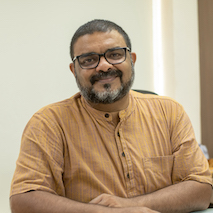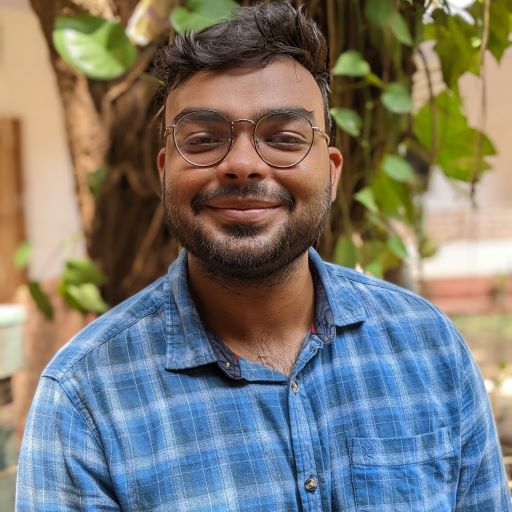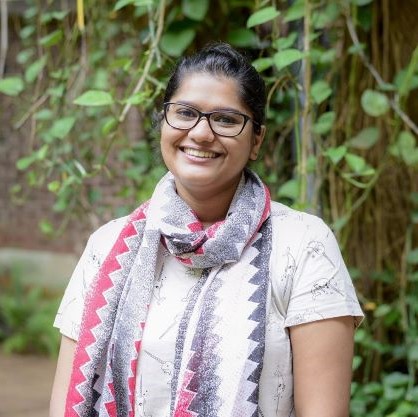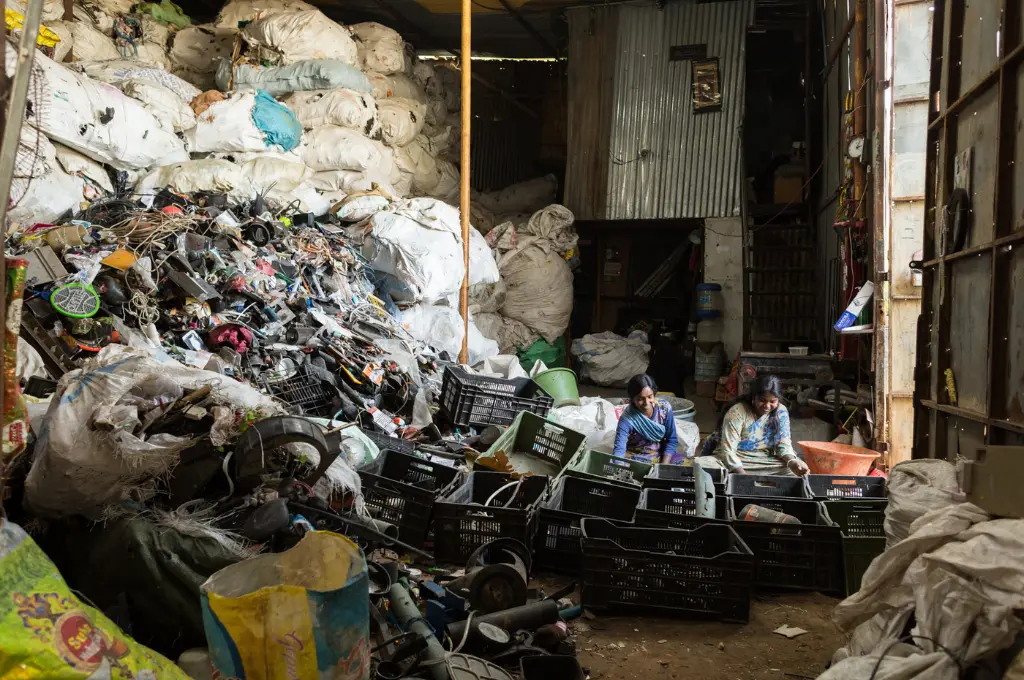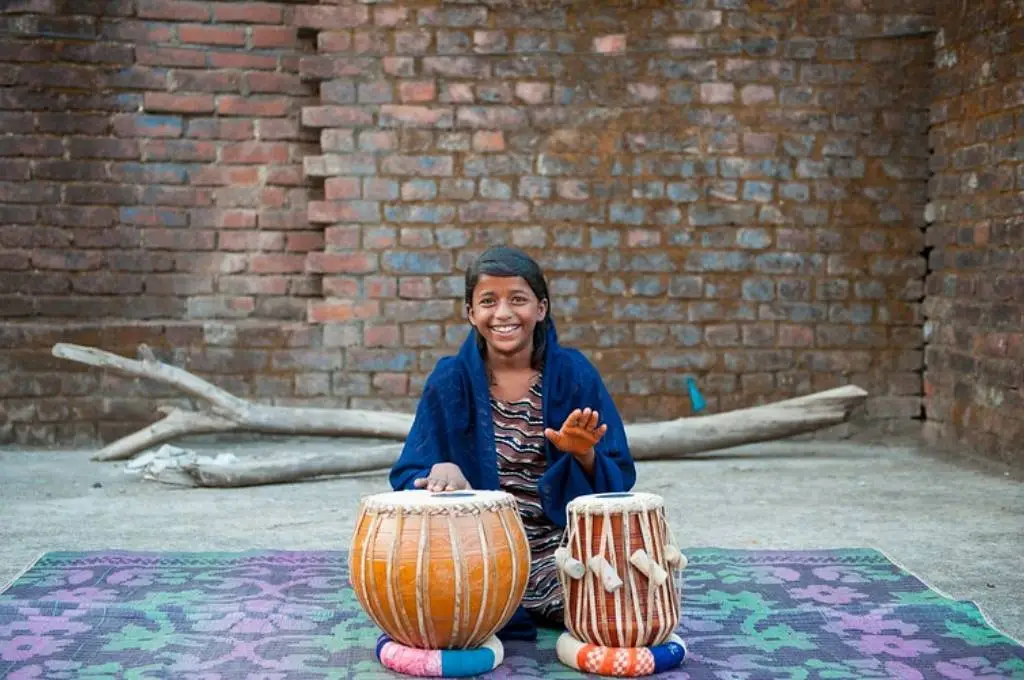A recent study on migration in climate-sensitive areas of South Asia found that an increasing number of households are adopting labour migration as a livelihood strategy. This lets them diversify their incomes and distribute their risks while also helping them meet their aspirations. Importantly, the study distinguishes between migration for coping and migration for adaptation—in other words, migration out of distress and migration for growth. In this article, we focus on the latter—migration that is opportunistic and aspirational. Our experience working with migrant communities in Odisha suggests that the difference between distress migration and aspirational migration is the level of control that the migrant has over the decision to migrate.
Migration from the hilly, Adivasi-dominant districts of Kandhamal and Kalahandi in southern Odisha to the southern Indian states, particularly Kerala, is a recent phenomenon. It began in the late 1990s with men from villages in the Daringbadi block of Kandhamal travelling to Kerala to work as unskilled labourers in educational and other institutions. Over the last 25 years, the trend of migration to Kerala has spread in the region.
To further understand the profile of migration from southern Odisha, we carried out four empirical studies between 2019 and 2021 that covered one block each in the Gajapati, Ganjam, Kandhamal, and Kalahandi districts.
At this time, we found that 18–31 percent of households had at least one person who had migrated for work outside Odisha. Less than 20 percent of this was seasonal migration for less than six months, which meant that a vast majority of migrants were at their work locations (destinations) for longer than six months at a time. This trend points to the financial gains that migration has brought in.
The bright side
Migration of this kind has brought in substantial changes to the social and economic situation in the source areas.
1. The caste angle
Caste plays a major role in opportunistic migration from rural Odisha, both in terms of nature of work and the destinations preferred for migration. A study carried out in four Indian cities showed how migrants of dominant castes find it easier to secure jobs quickly and with less effort than their historically disadvantaged counterparts.
Caste also plays a major role in the type of gains associated with migration. Both micro- and macro-level analyses have shown how Dalits and Adivasis are over-represented in short-term, seasonal migration patterns, also called ‘coping’, while dominant caste groups are over-represented in semi-permanent and permanent migration patterns, also called ‘accumulative’, where they enjoy both social and economic gains.1
Here are two key findings:
a. Prevailing social ties play a big role in where migrants get to work
The Ganjam–Surat migration corridor has existed for more than 80 years. An estimated seven lakh migrants from Ganjam district are working in the power loom industry in Surat. Our interactions with migrants show that general caste and OBC households have a dominant share in this migration, compared to SC and ST communities. Migrants find jobs in Surat almost exclusively based on prevalent social capital and through acquaintances who are already working there. This makes it difficult for SC and ST migrants to find work in such places. Instead, they prefer working in the southern states in sectors such as hospitality and construction. While the wage rates are higher in Kerala and Tamil Nadu, the workers also find that they are less discriminated against for their caste in these states.
b. Aspirational migration over time has changed the caste equations for families back home
Take the case of Ananta Uthamsingh and his brother Sumanta, who are residents of Budikia village in Daringbadi block. The brothers first migrated for work in 2003, and were involved in the hospitality and food and beverage industries in Pune. In 2017, both returned home with the plan to start an enterprise and take care of their families.
Belonging to a scheduled caste, they were apprehensive about setting up shop in their own area, fearing backlash from the dominant castes there. They had seen how other businesses run by Dalits had been boycotted by the public, leading to financial losses and eventually closure. However, overcoming their hesitation with the support of local Dalit leaders, the brothers eventually set up a restaurant called Jihoba Taaza Tawa in the nearby market of Brahmunigaon. Making use of the skills they acquired in Maharashtra, they now earn a monthly profit of INR 45,000, and have bought some land to set up a hotel and a restaurant in the future.

2. Improved quality of life
This flow of ideas, behaviours, and norms, collectively referred to as social remittances, is instrumental in shaping a community’s attitude and vision towards their own aspirations and development.
Social capital is one of the most visible forms of social remittances in the communities we work with. We’ve seen that migrants enjoy a higher standing in society due to their increased incomes and experiences in far-off places with completely different cultures. Over time, this changes “norms for interpersonal behavior, notions of intra-family responsibility, standards of age and gender appropriateness, principles of neighborliness and community participation, aspirations for social mobility and patterns of civil and political participation.”2
Take the example of Nimindra Pradhan, a resident of Jidingmala, Greenbadi, Daringbadi block. In 2004 he migrated to Thrissur, Kerala, to work as a mason. Over the next four years, all his siblings followed him and started working in different parts of the state. With the skills they picked up while working in the construction sector, the brothers have started making their own 2,400 sq ft two-storey house in the village after buying some land. The house will accommodate the families of all four brothers, with two rooms and toilets for each sub-family. To put things in context, only one-third of the families in the village have a toilet, the majority of which are dysfunctional. Nimindra told us how he had observed the sanitation facilities in Kerala, and wanted the same at his house in his village.
3. Remittances driving investments
Our estimates show that remittances of approximately INR 30 crore come into blocks of southern Odisha annually. Traditionally, remittances were made by workers through agents, or by carrying cash themselves or sending it through friends. However, the sheer volumes of remittances cannot be supported by just these methods any more. This has resulted in more banks coming up in migration-prone areas. Migrants who have access to UPI and internet banking at the destination are increasingly choosing to send remittances directly through these modes. Exposure at the destination to investment schemes, methods, and practices are proving key to financial inclusion back home.
Many significant improvements can be witnessed in the villages as a result of these remittances. A common trend is migrants returning after working for some time, having earned enough to build a corpus to start small businesses in their own villages. These investments are changing the financial and infrastructural situation in the source villages. Former migrants or dependents of current migrants are running internet centres, autorickshaws, rice mills, and shops. There is a substantial increase in the number of motorcycles and autorickshaws in the villages, which has helped not only with improving access to transportation where public transportation is limited, but also in generating employment within the villages.
Costs of migration
While the gains from migration are significant, there are substantial costs that migrant workers, their families, and their communities incur. We first understood these issues in May 2019, from focus group discussions in Thuamul Rampur block of Kalahandi district. As we expanded our work over the last three years to more districts and blocks, we’ve found these observations to be fairly universal.
For the workers’ wives who are left behind, inability to access health services in the absence of their husbands and difficulties in managing often-disobedient children are key issues. Mothers also experienced reduced access to healthcare for family members. Fetching firewood for cooking became a burden on them as their sons would do this before they migrated.
Diminished labour support in agriculture is another issue. Lack of telephone connectivity in remote villages and the inability to be in touch with family members is a recurring problem as well. Limited banking facilities in the area result in difficulties in receiving remittances made by the migrated family member. Workers are forced to carry cash physically when they travel. For those with bank accounts, the costs of travelling to the bank and obtaining cash were found to be very high.
Ensuring safe and dignified migration
Our experiences suggest that interventions to address the challenges and make migration safe and dignified will contribute to substantial economic and social changes in the region. Such interventions focus on migrant workers, their families, and their village communities in a holistic manner.
1. Financial security
Migrant dependents need support to build knowledge and confidence in banking services to enhance their savings habits and make better financial choices. This will enable them to access, effectively use, and derive maximum benefit from the money brought in by migration. At the community level, building broader financial literacy is important. Women self-help groups (SHGs) are a good platform to drive this. Modules related to knowledge of banks and services and improving savings and credit habits are key elements of this. Coordination with financial institutions for better access to banking services and to promote migrant-friendly products for life insurance, health insurance, savings, and remittances is necessary.
Enhancing the agency of migration-dependent women by forming and strengthening collectives and enterprises will help them sustain the financial gains from migration over a longer period of time. Using migration remittances to build nano enterprises of women catering to demands in the local market will provide the much-needed push for this.
2. Emotional security
It is necessary for migrants and their dependents to have ways to stay in touch with their family and friends and to stay updated on each other’s well-being regularly. The families at home, especially the wife, children, and parents, need to have support systems in their villages to turn to in times of distress. Women’s SHGs can function as this support system for women to discuss their concerns. In most cases, however, because SHGs are limited to being savings and credit groups, little effort is made to take up social and emotional problems affecting members. So, consistent support may be needed at the group level to enable them to take up these issues.
3. Social security
Dependents of migrants should be able to access social entitlements in their villages, even in the absence of a male member. The gram panchayat has to be sensitised and made capable of attending to the needs of migration-dependent households. Ensuring that all families have an operational bank account is important to enable them to get enrolled in insurance schemes and access other social entitlements.
4. Occupational security
For those migrating, having adequate information about employment opportunities as well as terms and conditions of the job is important. The migrant registry at the gram panchayat level that records and analyses village-level migration patterns can provide people with relevant information and support services, increased access to better-paying jobs, and skill-building opportunities.
Migration resource centres run by local youth can further help disseminate information and act as a bridge between the source and destination. Such centres can provide legal support, health-related support, access to social security schemes, and other assistance to migrants and migrant families. A telephone helpline can make sure that access to these support facilities is not limited by physical access to the centre.
These centres can also function as technical service providers to gram panchayats and enhance their capabilities when it comes to catering to the needs of migration-dependent households. Additionally, government policy and schemes should support civil society organisations to work on enabling safe and dignified migration as a key livelihood option for communities. This is particularly important to address the challenges brought on by climate change in the lives and livelihoods of people in hilly, remote areas of southern Odisha.
Jobin Chacko and Joseph Kalassery have contributed to this article.
—
Footnotes:
- Kalyani Vartak and Chinmay Tumbe, ‘Migration and Caste’, Handbook of Internal Migration in India, edited by S Irudaya Rajan and Sumeetha M, pp. 253–67, New Delhi: Sage (2019). P Deshingkar and J Farrington, ‘A Framework for Understanding Circular Migration’, Circular Migration and Multilocational Livelihood Strategies in Rural India, edited by P Deshingkar and J Farrington, pp.1–36, New Delhi: Oxford University Press (2009).
- P Levitt, ‘Social remittances: Migration driven local-level forms of cultural diffusion’, International Migration Review, 32(4), 926–48 (1998).
—
Know more
- Read this article to learn more about how communities in South Asia are adopting migration as a strategy to adapt to climate change.
- Read this report to understand the challenges faced by migrants and families left behind.
- Read this article to understand how nonprofits can ensure safe and dignified migration for informal workers.


